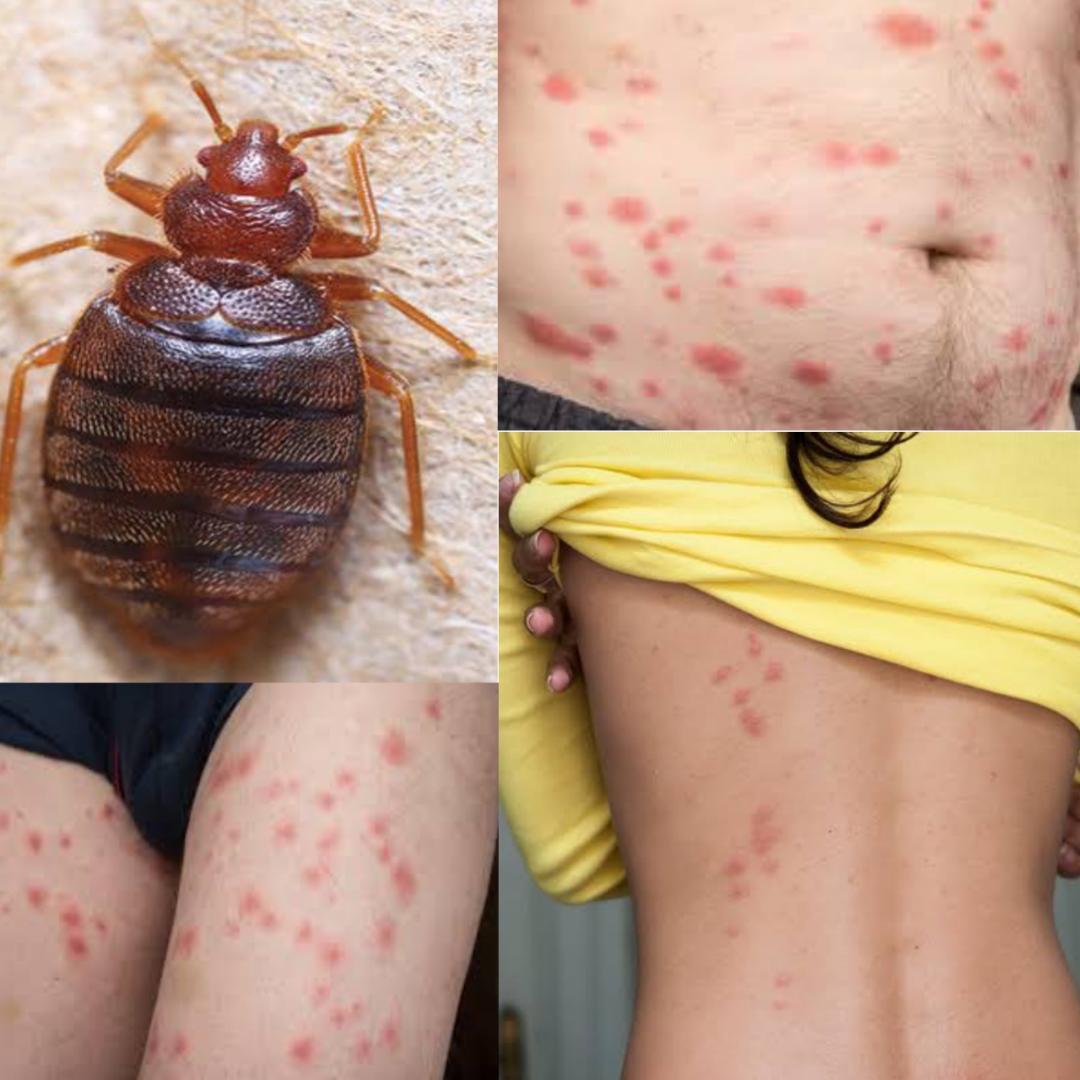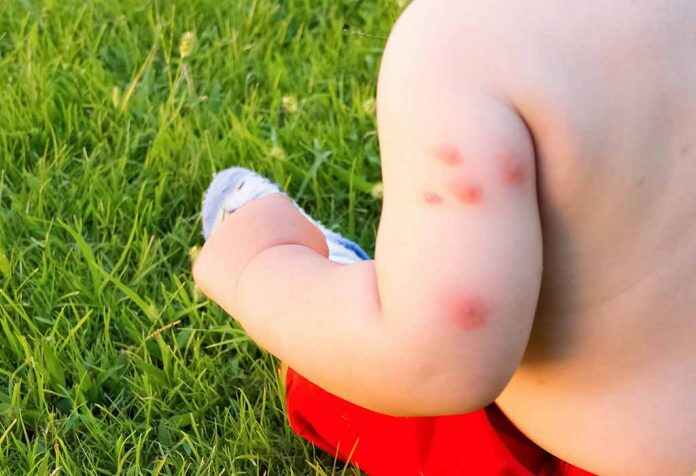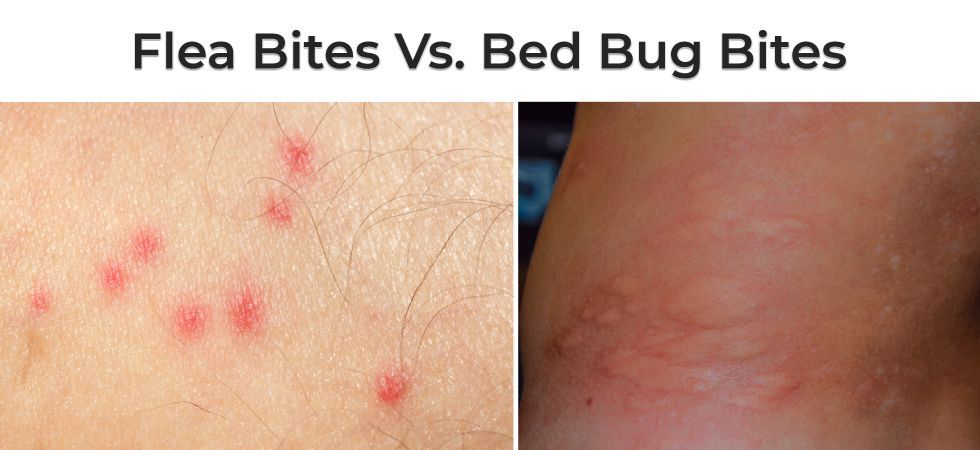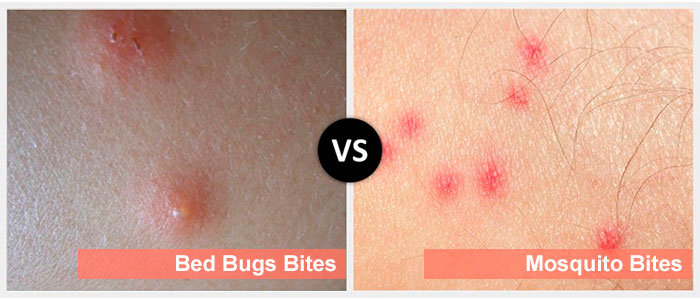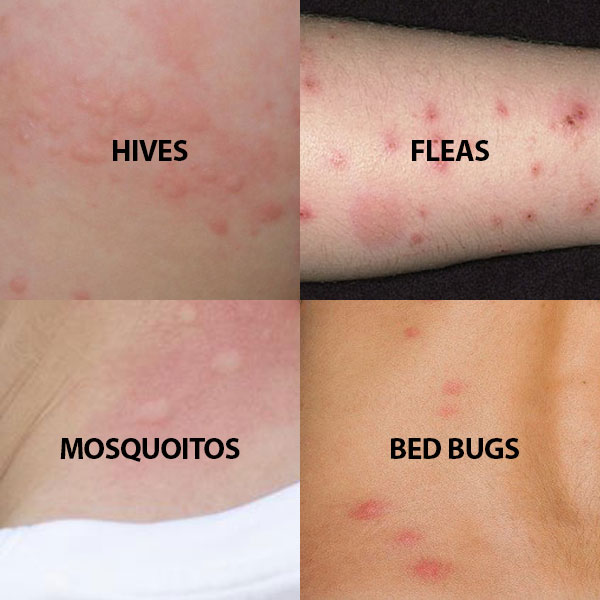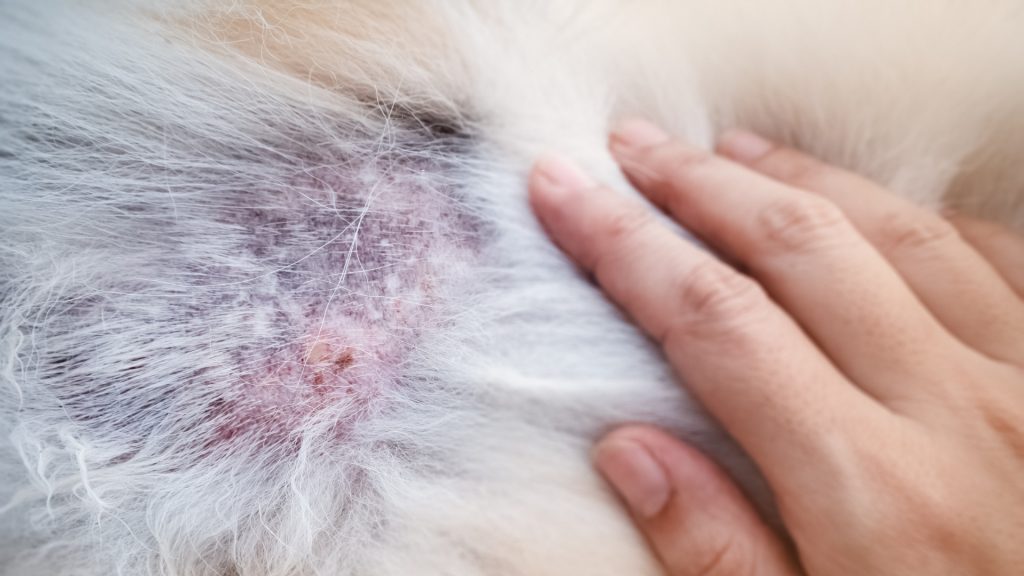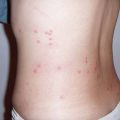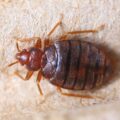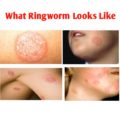Bed bugs are small parasitic insects that feed on human blood. While they are a public health concern, bed bugs are not known to transmit disease through their bites. The history of bed bugs dates back to ancient Egypt. Bed bugs have been a household pest issue for more than 3,300 years! They were first brought to the United States by early colonists, where they thrived for many decades. However, by the 1950s, bed bugs had been all but eradicated in the developed world, thanks to the availability of new pest control products, coupled with the widespread use of vacuums and washing machines which helped to control the spread of infestations in living spaces.
Several factors led to the resurgence of bed bugs beginning in the late 1990s: increased international travel, more targeted pest control products, and methods, and a lack of public awareness about pest prevention methods.
Bed bugs use a small tube-like structure called a proboscis to pierce the skin and drink a person’s blood. The pests are most active when humans are asleep, during the night, and early morning. An estimated one in five Americans has personally dealt with a bed bug infestation or knows someone who has encountered the pests.
What do bed bug bites look like?
Some people don’t develop noticeable symptoms from bedbug bites. When symptoms do develop, the bites tend to be:
- red and swollen, with a dark spot at the center of each bite
- arranged in lines or clusters, with multiple bites grouped together
- itchy
Bedbugs can bite any part of your body. But they’ll usually bite areas of skin that are exposed while you sleep, such as your face, neck, arms, and hands. In some cases, the bites may develop into fluid-filled blisters.
Symptoms of a bed bug bite
If a bedbug bites your skin, you won’t feel it right away because the bugs excrete a tiny amount of anesthetic before feeding on people. It can sometimes take a few days for symptoms of bed bug bites to develop. Bedbug bites often become noticeably red and swollen. Multiple bites may appear in a line or cluster in a small area of your body. The bites tend to be itchy. They may cause a burning sensation. If you have bedbugs living in your home, they may not feed every single night.
In fact, they can go multiple days without eating. It might take a few weeks to realize that the bites are part of a larger pattern. Scratching bug bites can cause them to bleed or become infected. Learn more about the symptoms of an infected bug bite.
How to get rid of bed bugs
If you suspect there are bedbugs in your home, look for signs of them in your bed and other areas. For example, they often hide in:
- mattresses
- box springs
- bed frames
- headboards
- pillows and bedding
- cracks or seams of furniture
- carpeting around baseboards
- spaces behind light switches and electrical outlet plates
- curtains
- clothes
You may see the bugs themselves. You may also find drops of blood or small black dots of bug droppings in your bed. If you find bedbugs, call your landlord or a pest control company.
To contain and eliminate the infestation, it helps to:
- Vacuum and steam-clean your floors, mattresses, furniture, and appliances.
- Launder your linens, drapes, and clothing using the hottest settings of your washing machine and dryer.
- Seal items that can’t be laundered in plastic bags and store them for several days at 0°F (-17°C) or for several months at warmer temperatures.
- Heat items that can be safely heated to 115°F (46°C).
- Fill gaps around your baseboards and cracks in furniture with caulking.
Several insecticides are also available to kill bedbugs. A pest control company may have access to insecticides or equipment that might be difficult for you to buy, rent, or use on your own. Find more tips for managing bedbug infestations and learn when to call a professional.
Treatment for bed bug bites
In most cases, bedbug bites get better within one to two weeks. To relieve symptoms, it may help to:
- Apply an anti-itch cream or calamine lotion to bites.
- Take an oral antihistamine to reduce itching and burning.
- Use an over-the-counter pain reliever to relieve swelling and pain.
- In rare cases, bedbug bites can cause allergic reactions. If you develop signs or symptoms of a serious allergic reaction, call 911.
Sometimes, bedbug bites can cause an infection known as cellulitis. To reduce the risk of infection, wash the bites with soap and water and try not to scratch them. Learn when it’s time to visit your doctor for treatment. See: How To Get Rid Of Bed Bugs
Home remedies for bed bugs
In addition to over-the-counter medications, there are several home remedies that may help relieve the symptoms of bedbug bites.
To soothe bitten areas, it may help to apply one or more of the following:
- a cold cloth or an ice pack wrapped in a towel
- a thin paste of baking soda and water
- certain types of essential oils
Although more research is needed, some studies suggest that camphor oil, chamomile oil, or some other types of essential oil may help relieve bug bites. Take a moment to learn more about seven essential oils that might help treat bites.
Bed bug bites on a baby
If you suspect that your baby or child has been bitten by bedbugs, check their sheets, mattress, bed frame, and nearby baseboards for signs of the bugs. To treat bedbug bites on your baby or child, wash the bites with soap and water. Consider applying a cold compress or calamine lotion.
Talk to your child’s doctor or pharmacist before using topical steroid creams or oral antihistamines to treat the bites. Some medications may not be safe for babies or young children. If your child is old enough to understand your instructions, ask them not to scratch the bites. To prevent scratching, it may also help to trim your child’s nails and cover the bites with a bandage.
Bed bug bites vs. fleas
Bedbug bites and fleabites are quite similar in appearance. Both can cause red bumps to form on your skin. Both can be very itchy. When fleas bite you, they typically bite the lower half of your body or warm, moist areas around joints. For example, they may bite:
- your feet
- your legs
- your armpits
- the inside of your elbows or knees
Bedbugs are more likely to bite the upper parts of your body, such as your:
- hands
- arms
- neck
- face
If you suspect that bedbugs or fleas have bitten you, check for signs of the bugs in your home. Bedbugs often hide in the seams of mattresses, cracks in bed frames and headboards, and baseboards around beds. Fleas tend to live on family pets and in carpet or upholstered furniture. If you find bedbugs or fleas, it’s important to treat your home or pet to get rid of them. Get the information you need to identify and treat infestations of these pests.
Bed bug bites vs. mosquito bites
Bedbug bites and mosquito bites can both be red, swollen, and itchy. If you have a line of bites that appear in a small area of your body, they’re more likely to be bedbug bites. Bites that appear in no apparent pattern are more likely to be mosquito bites.
Both bedbug bites and mosquito bites tend to get better on their own, within a week or two. To relieve itching and other symptoms, it may help to apply a cold compress, calamine lotion, or other topical treatments. Taking an oral antihistamine can help as well.
It’s also possible to confuse bedbug bites with spider bites, ant bites, or other insect bites. Find out more about the differences between these types of bites.
Bed bug bites vs. hives
Sometimes, people mistake hives for bedbug bites. Hives are red bumps that can develop on your skin as a result of an allergic reaction or other cause. Like bedbug bites, they’re often itchy.
If you develop red bumps on your skin that get larger, change shape, or spread from one part of your body to another in a short period of time, they’re more likely to be hives.
A small group or line of bumps that appear on one part of your body without changing shape or location are more likely to be bedbug bites.
If you develop hives along with breathing difficulties, dizziness, nausea, or vomiting, get medical help right away. You might be experiencing anaphylaxis, a potentially life-threatening allergic reaction. Learn more about anaphylaxis and other potential causes of hives.
Bed bug bites vs. spider bites
Spider bites can be red and itchy, much like bedbug bites. But unlike bedbugs, spiders rarely bite more than once. If you only have one bite on your body, it’s probably not from bedbugs.
Spider bites often take longer to heal than other types of bug bites. Some spider bites can cause serious damage to your skin, especially if they get infected. To reduce the risk of infection, wash any bug bites with soap and water. Some spiders are poisonous. If you suspect a poisonous spider has bitten you, get medical help right away.
The risks of bed bug bites
Bedbugs can live in any home or public area. But they’re common in places that have a lot of people, a lot of turnover, and close quarters. You may be at increased risk for encountering bedbugs if you live or work in a:
- hotel
- hospital
- homeless shelter
- military barrack
- college dorm
- apartment complex
- business office
Unlike some types of bugs, bedbugs don’t transmit diseases when they bite. But in some cases, bedbug bites can become infected. Potential signs and symptoms of an infection include:
- pain and tenderness radiating from the bite
- redness, swelling, or warmth around the bite
- red streaks or spots near the bite
- pus or drainage from the bite
- dimpling of your skin
- fever
- chills
If have you a bedbug allergy, you may also develop an allergic reaction after being bitten. This may cause painful swelling or intense itching around the bite. In some cases, it can also trigger a potentially life-threatening reaction known as anaphylaxis.
If you suspect that you’ve developed an infection or allergic reaction to a bedbug bite, contact your doctor. Get emergency medical care if you develop any of the following after being bitten:
- nausea
- vomiting
- fever
- chills
- dizziness
- trouble breathing
Bed bug bites on pets
Bedbugs don’t just bite humans. They can also feed on family pets. If you have a pet who’s been bitten by bedbugs, the bites will likely get better on their own. But in some cases, they might become infected. Make an appointment with a veterinarian if you suspect your pet has an infected bite.
If you hire a pest control expert to get rid of bedbugs in your home, let them know if you have a pet. Some insecticides may be safer for your pet than others. It’s also important to wash your pet’s bed, stuffed toys, and other accessories where bedbugs may be living.


